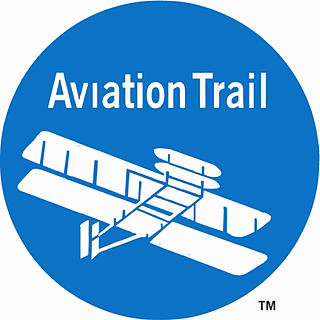October in Aviation History
- Aviation Trail
- Oct 9, 2017
- 1 min read
On October 1, 1942 the first U.S. turbojet powered aircraft took off at Muroc Army Air Field. The XP-59A Airacomet twin jet fighter was designed and built by Bell Aircraft. General Hap Arnold had witnessed the UK’s jet program in 1941, and obtained plans for the aircraft’s powerplant. He arranged for General Electric to produce a U.S. version of the engine, the GE 1-A, and Bell was chosen to build a fighter to utilize the engine. Three prototypes were ordered, and the first one was delivered to Muroc in September of ‘42. To maintain secrecy, prototype Airacomets were towed to and from the flightline with a fake propeller and a cover over the engine exhausts and intakes. Testing of the XP-59A’s uncovered a multitude of shortcomings, and subsequent production model YP-59A’s were fitted with engine upgrades. After further testing by the RAF, USAAF, and US Navy, it was determined that the planes were inferior in performance to jets that the British were already flying, and to propeller driven planes in the USAAF. The contract for 80 planes was cancelled after only 40 had been produced. Even though the aircraft never entered combat, it was the stepping stone to the next generation of successful U.S. jet fighter aircraft.

XP-59A
A later production model of the Airacomet, the P-59B, can be seen in the Research & Development Gallery at the National Museum of the U.S. Air Force.







Comments